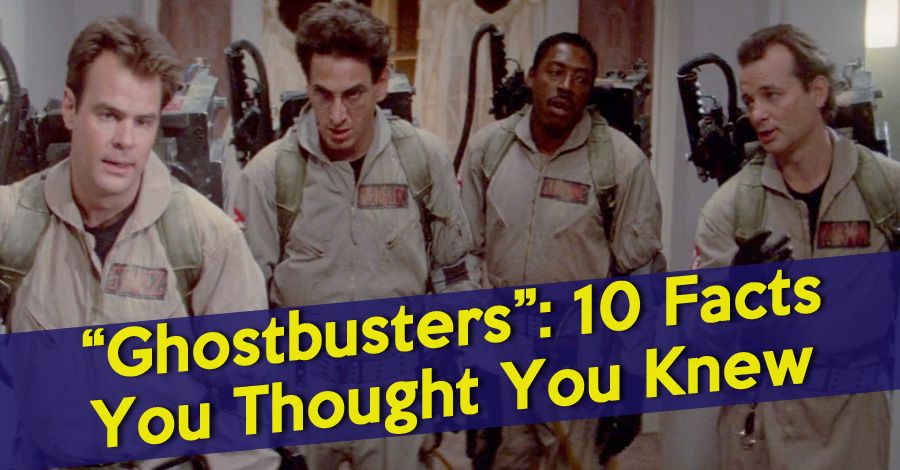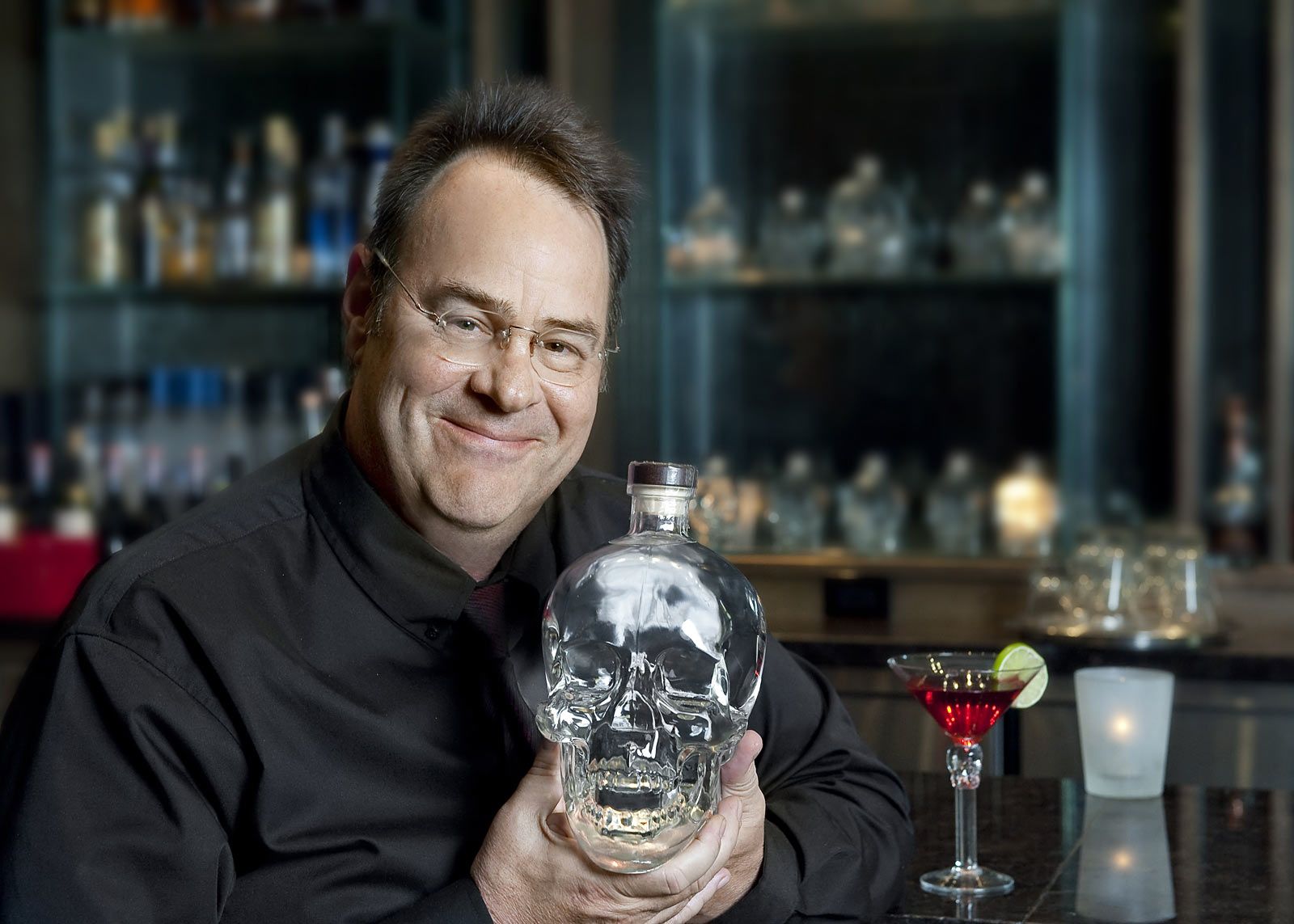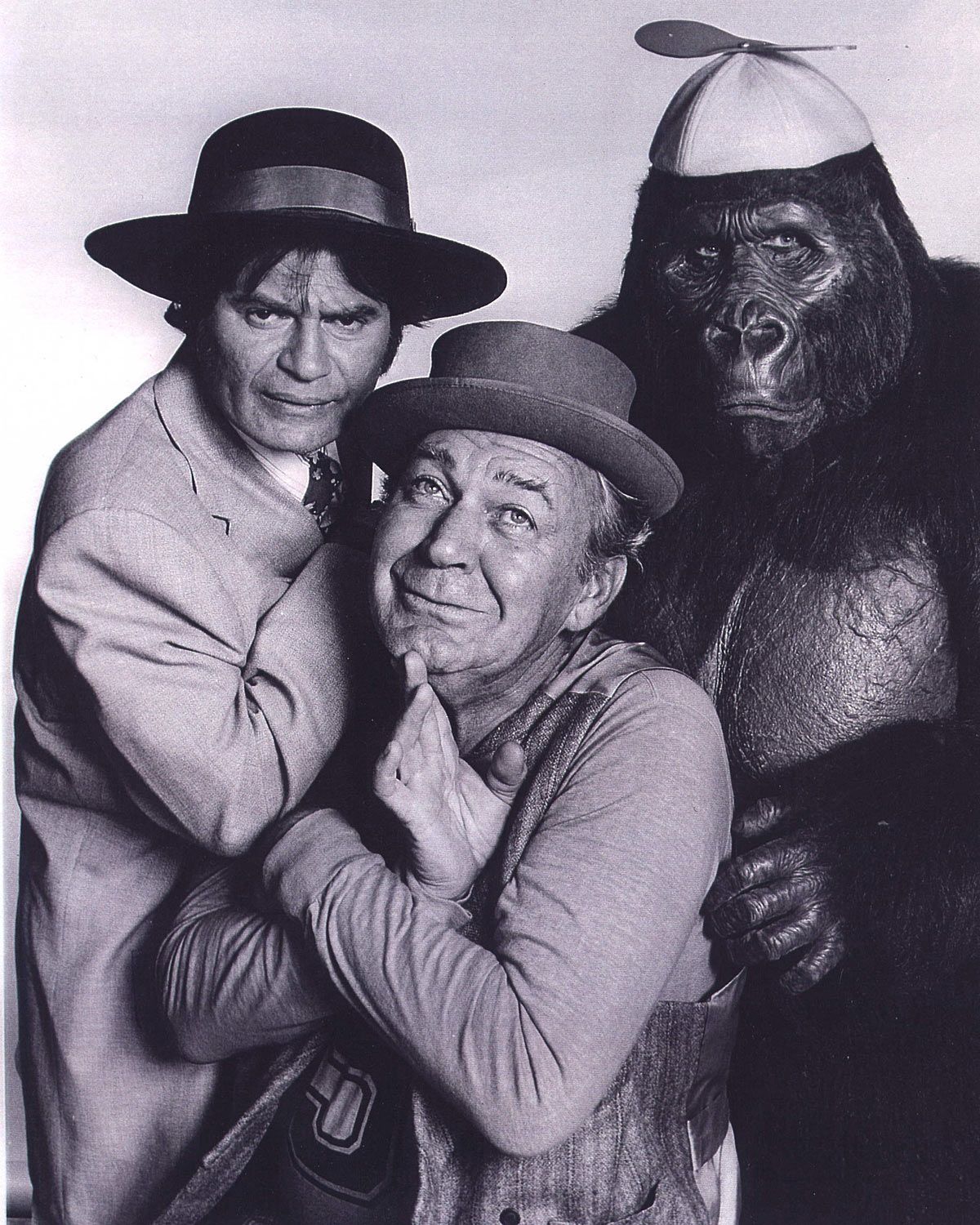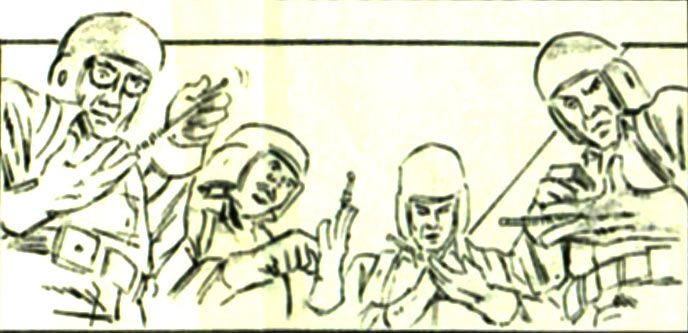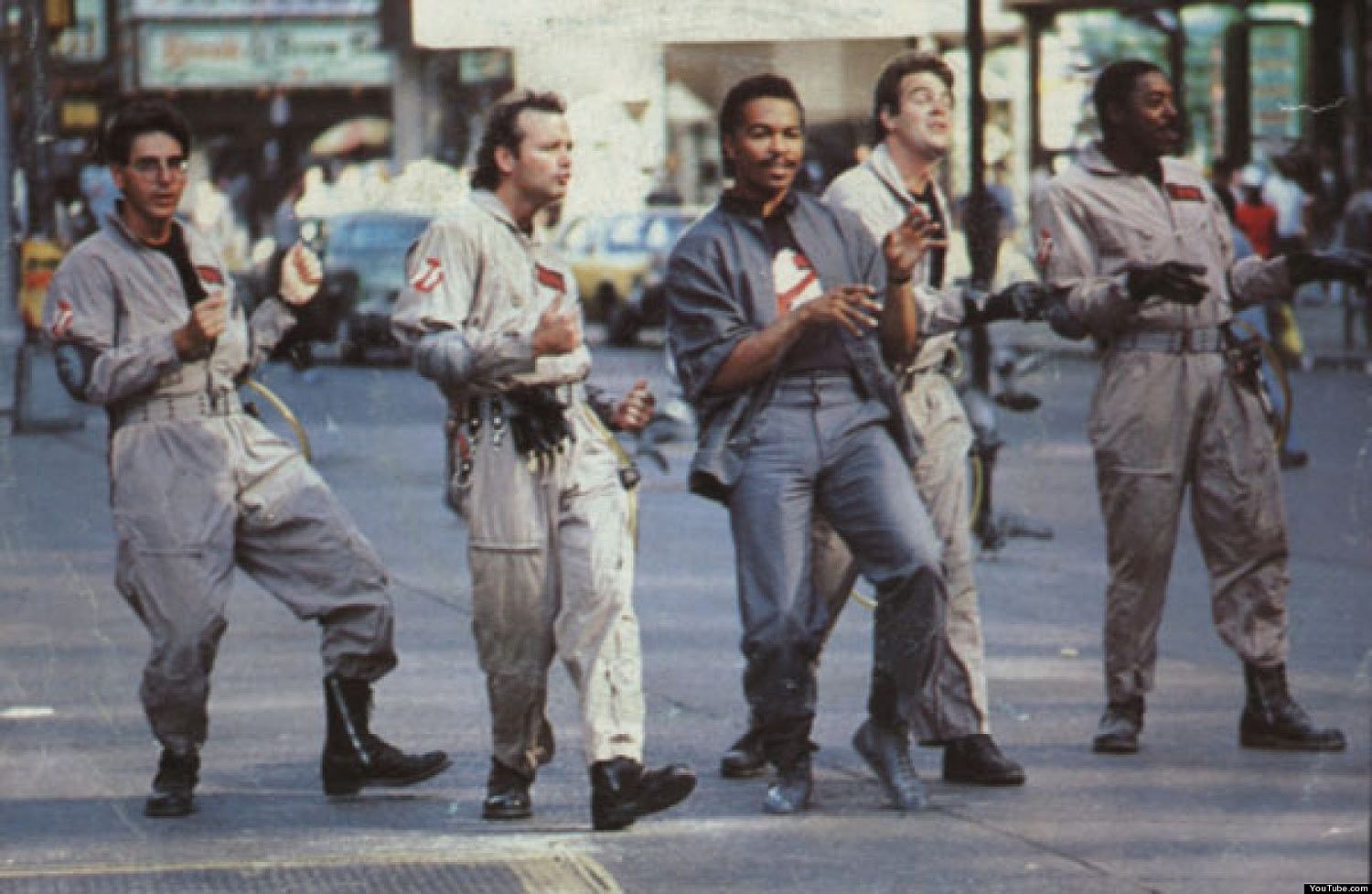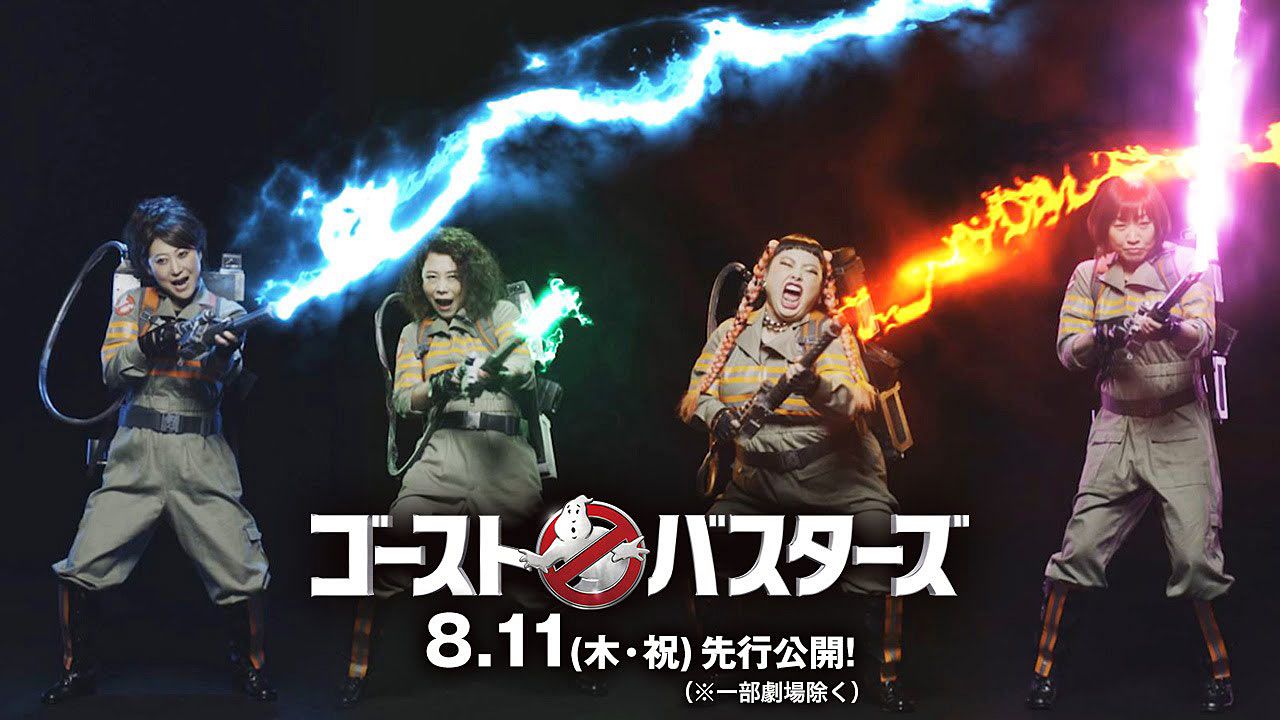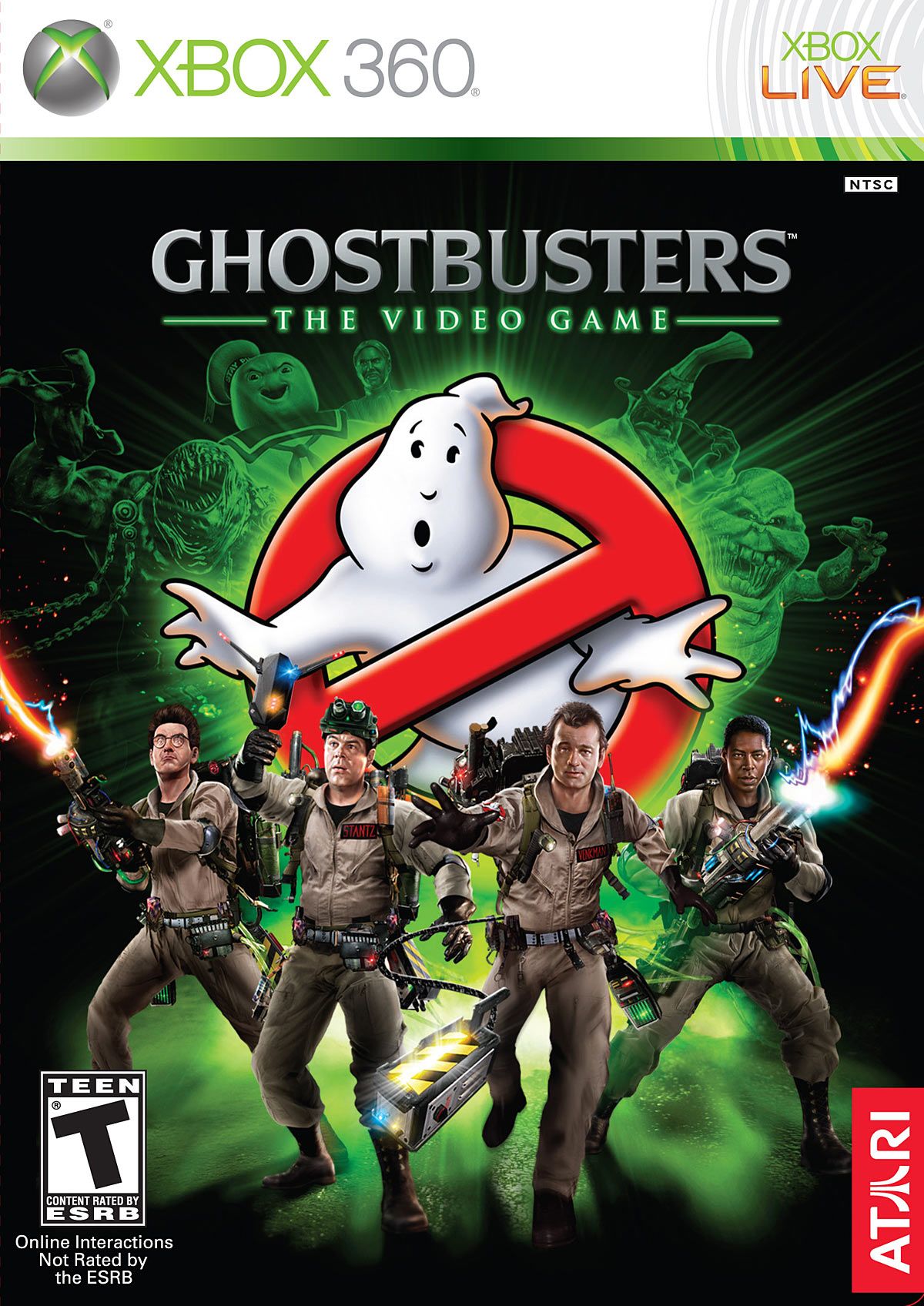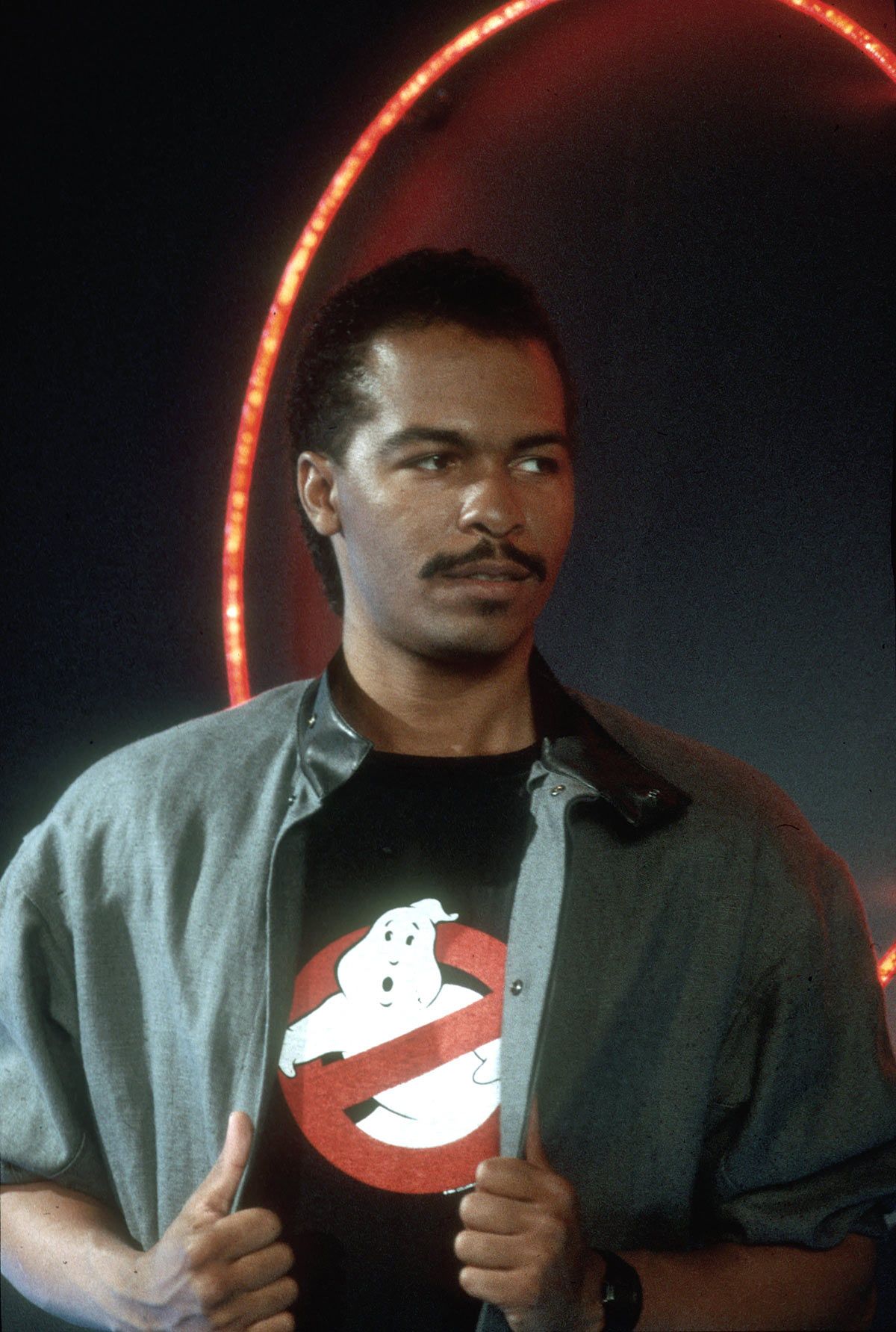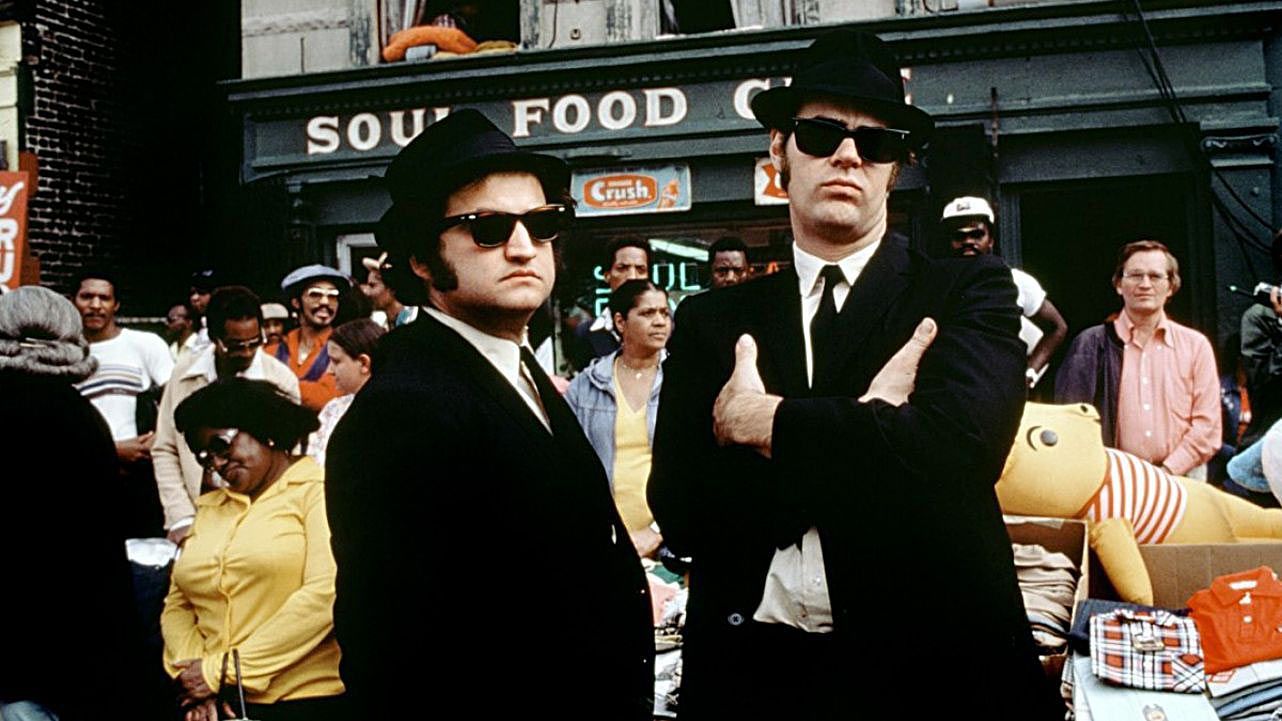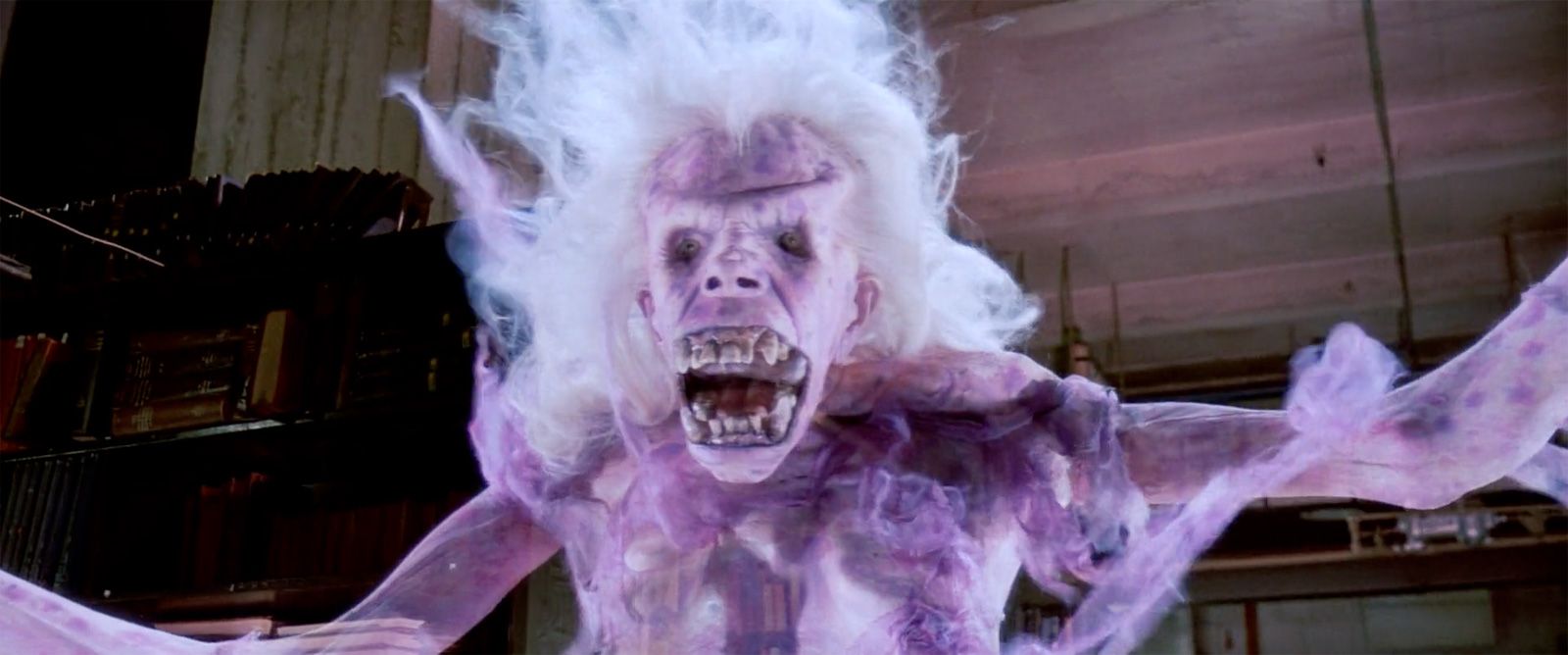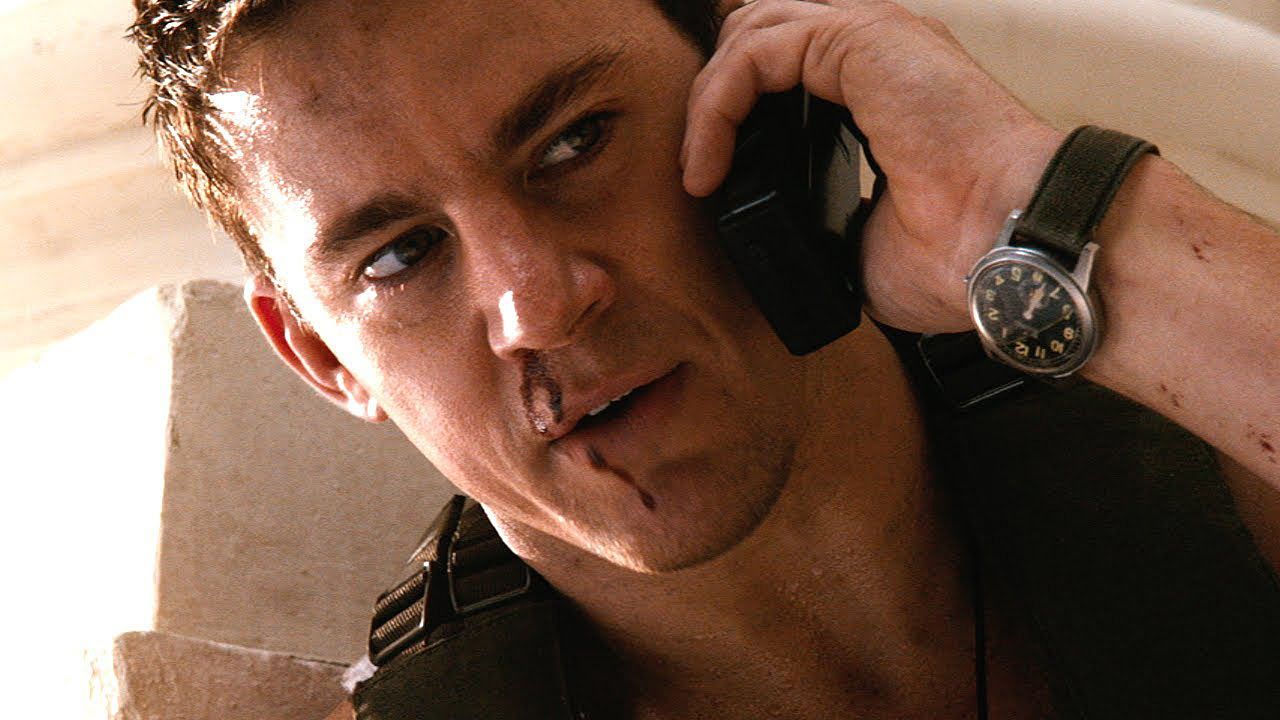"Ghostbusters," long considered a cheeky paranormal romp into the mind of Dan Aykroyd and his strange but lovable friends, has taken on a different connotation lately. A campaign of hate helmed by internet bummer kings in response to Paul Feig's female-driven 2016 reboot has put the franchise in the spotlight for all the wrong reasons. It's unfortunate, because at its heart "Ghostbusters" is an uplifting story about four misfits finding their way in turbulent times. And slime, more scientifically referred to as ectoplasm. There's also a lot of slime.
RELATED: "Ghostbusters": 11 Things the Sequel Needs to Do to Succeed
The truth is, no matter how much we think we know about "Ghostbusters," there's always more under the hood. Debuting in 1984, "Ghostbusters" was directed by Ivan Reitman and stars Aykroyd, Bill Murray, Ernie Hudson and Harold Ramis as the eponymous Ghostbusters battling spirits trying to overtake New York City. It's a film that frequently went over budget, set the precedent for special effects-heavy comedy and had to be rewritten more than a handful of times. It made waves in its day and continues to make waves more than 30 years later. Here's everything you thought you knew about "Ghostbusters."
10 1. The original "Ghostbusters" was inspired by the Aykroyd family's fascination with the paranormal
By now we all know Dan Aykroyd is down with ghosts and other unexplained phenomena, and not just what we've seen on screen, though he's certainly brought his fair share to the public eye. He was the host of "Psi Factor: Chronicles of the Paranormal" between 1996 and 2000, produced the documentary "Dan Aykroyd: Unplugged on UFOs" in 2005 and his Crystal Head Vodka line is bottled to look like a set of allegedly pre-Columbian Mesoamerican artifacts with the power to cure cancer and kill on command. So, you know, not a wholly fact-oriented lifestyle.
But it's a lifestyle that was inspired by his upbringing. Aykroyd's family is connected to the spiritual movement as far back as his grandfather, who was a member of the Lily Dale Society. The society is based out of a hamlet by the same name in New York State and looks to further research in science, philosophy and spiritualism (you know, the ghost stuff). The society is still around, too. Seminars on psychics and the paranormal are frequent, and the town has attracted the likes of John Edwards and Deepak Chopra.
Dan Aykroyd's father, Peter Aykroyd Sr., wrote "A History of Ghosts" in 2009, chronicling the family's long, conjoined history with all things that go bump in the night. It's easy to laugh at, but Aykroyd did turn a family fixation into one of the most beloved franchises in movie history. Take that, irrefutable evidence.
9 2. Columbia Pictures had to fork over some cash before they could use the name "Ghostbusters"
When all is said and done, "Ghostbusters" is a great name for a movie. It tells you exactly what you're getting. There are ghosts. These ghosts are flagrantly disobeying the law and, in most cases, the very foundations of physics and biology. This simply will not stand, and so they must be busted. As far as a naming conventions go, it's a stroke of genius.
How awkward must it have been, then, to find out that a 1975 television series produced by Filmation snapped it up nine full years before the "Ghostbusters" we know debuted. "The Ghost Busters" was a slapstick black-and-white kids show about a trio of detectives who investigated reports of ghosts. Sound familiar? Well, one of those detectives was a man in a gorilla suit wearing a propeller beanie. Ah, yes, now you're starting to see the difference.
The premise of "The Ghost Busters" is pretty laughable in hindsight, but it was anything but a joke to Columbia Pictures back in 1984, which had to make sure their movie, "Ghostbusters," could sail into theaters without getting tangled up in brand confusion. Columbia paid off Filmation, and that's how "Ghostbusters" got its name.
Whatever deal Columbia struck with Filmation wasn't airtight on their end, though. "The Ghost Busters" returned in 1986 hot on the heels of Ivan Reitman's 1984 live-action film, but this time as an animated series actually going by the name "Ghostbusters." When Filmation released the series to home video it was titled "Filmation's Ghostbusters." "Ghostbusters" (the ones with the proton packs) also had an animated series called "The Real Ghostbusters" that debuted around the same time. You know, to avoid confusion...?
8 3. The original script for "Ghostbusters" was way weirder
It's hard to imagine "Ghostbusters" as anything other than the weird, experimental film it turned out to be, but the original draft was anything but familiar. For example, how do you feel about the name "Ghost Smashers"? Doesn't quite roll off the tongue like "Ghostbusters," does it? Well, that was the working title for the movie before Columbia Pictures was able to buy the naming rights from Filmation.
"Ghost Smashers" was going to pit the team against ghosts not just on Earth, but also in space and other dimensions. If the khaki jumpsuits that have defined the Ghostbusters for decades are near and dear to your heart, brace yourself: The Ghost Smashers would have been decked out in riot gear and brandished wands, not proton packs.
Director Ivan Reitman saw the cracks in the first draft and sent Dan Aykroyd and co-writer Harold Ramis back to the drawing board. The two rewrote the script in a brief three weeks, retiring to Martha's Vineyard, penning the script that would become "Ghostbusters" in none other than a bomb shelter. For a movie about a near brush with the supernatural end of the world, we expect nothing less.
7 4. The music video for the original "Ghostbusters" (1984) is more star-studded than the movie itself.
Some things from the '80s are lost to time, and some things are hidden. Occasionally, one of these things is pillaged from its electric blue sarcophagi and paraded around for the modern world to see. Such is the case with the music video for the "Ghostbusters" theme. The song itself is still as catchy as the day it was written, and the subsequent three weeks it topped the Billboard Hot 100 chart, but the video is a gaudy thing from the past that serves as a reminder that neon tubing has its purpose, and furnishings is not one of them.
The video stars Ray Parker Jr., who performed the song, as a singing spook who terrorizes actress Cindy Harrell by being translucent and sometimes making spooky hands at her. Harrell tries to make a life for herself in her Tron-like neon haunted house, but Parker Jr. just won't give it up. In the end, she takes the song's advice and calls the Ghostbusters. Every once in a while a celebrity talking head pops up to shout the song's catchy refrain. These snippets are a who's who of both '80s comedy and, oddly, modern politics. Cameos include actor Chevy Chase, a much younger Jeffrey Tambor, Danny DeVito and Minnesota Senator Al Franken.
6 5. There's no English-language "Ghostbusters" (2016) reboot music video, but there is an official Japanese one
If you thought Ray Parker Jr.'s "Ghostbusters" music video was something else, just wait until you see the Japanese music video for the "Ghostbusters" reboot. It's surprisingly respectful, not only to the legacy of the old films but also to the reboot.
What you'll notice immediately is just how much reverence is paid to the Parker Jr.'s video. The neon tubing furnishings are back and just as conceptual as ever. Though Harrell's story was cut, there are still menacing translucent ghosts that need to be dealt with. Japanese comedians Tomochika, Oniyakko Tsubaki, Naomi Watanabe and Shizuyo Yamasaki help keep the spirit of the reboot alive. All of the singers are women and lightly mirror their American film counterparts in hairstyle, clothing or demeanor.
Most important, the song itself is not just a retread of the original, but it's also not a semi-abomination like the American remix released by Fall Out Boy and Missy Elliott. The Japanese version adds its own cultural flair while changing and, in some cases, enhancing the original theme. It's maybe one of the better things to come out of whole exaggerated reboot kerfuffle.
5 6. There is a direct follow-up to the events of "Ghostbusters II," and it's a video game.
Internet denizens of a particular variety loudly voiced their opinions about the "Ghostbusters" reboot leading up to the film's release. These opinions could not be categorized as happy or understanding, but what they lacked in coherence they made up for in dedication. This is not "Ghostbusters III," they said. In some ways, though, they're right. The latest "Ghostbusters" is a reboot, largely removed from the plot of the first two movies. It's something completely new, and for some people that's a bummer.
Luckily, there is a "Ghostbusters III." Of sorts.
"Ghostbusters: The Video Game" was released in 2009 and directly follows up on the events of not just "Ghostbusters II," but also "Ghostbusters." The game takes place in 1991, two years after "Ghostbusters II." The Ghostbusters are now contracted city workers, and when a PKE spike hits New York City they're back to their old routine of busting ghosts. The game even delves deeper into the series mythology that allowed for the summoning of Gozer atop the 55 Central Park West building, as well as the tunnels Vigo pumped slime through in the second movie. It's worth a look for any devoted "Ghostbusters" fan and can be purchased for the Xbox 360, PlayStation 2, PlayStation 3, Nintendo DS, PSP, Wii and on Windows.
4 7. The "Ghostbusters" theme is a hotbed of legal controversy
We all remember the "Ghostbusters" theme for its catchy lyrics and delightful bouncy '80s synth, but behind the scenes the song was a major headache for all involved. After Ray Parker Jr. composed the "Ghostbusters" theme, he got slapped with a lawsuit by Huey Lewis who claimed Parker Jr. had plagiarized the beat from Lewis' song "I Want a New Drug."
There's an extra layer to this weird, legal sandwich, though. Lewis had actually been tapped to compose the theme originally. Parker Jr. only got the job when Lewis turned it down to work on the soundtrack for "Back to the Future." The two settled out of court and all was quiet until 2001 when Lewis breached a nondisclosure agreement during an interview on VH1's "Behind the Music" series. Parker Jr. ended up suing Lewis this time. Apparently the two are sticking to their nondisclosure agreements this time, as there's no word on how the second lawsuit was settled. It's reasonable to image the answer is "with money."
3 8. Casting for "Ghostbusters" was fickle and sometimes tragic
Before the final draft of "Ghostbusters" was penned and the movie found its way to screens around the world, writers Dan Aykroyd and Harold Ramis had their own ideas about who would don the khaki jumpsuits. John Belushi was one of those prospective spook hunters. Belushi was one of Aykroyd's best friends and a fellow "Saturday Night Live" alum, so the choice was easy. Unfortunately, the actor passed away two years before "Ghostbusters" debuted. There's no telling what a John Belushi-powered "Ghostbusters" would have looked like, but his spirit lives on in the film. Slimer, one of the series most popular spirits, is based off Belushi's visage.
Belushi might have been an easy choice if you're casting a Ghostbuster, but who do you get to play your villain? Slavitza Jovan, a relatively unknown Yugoslavian model, ended up getting the part of Gozer the Gozerian, voiced by Paddi Edwards, but at one point Paul Reubens was in talks to play a very different Gozer. Aykroyd's original script called for a prim and business-like world-ending deity, a far cry from the bombastic, feminine, bubble-covered Gozer we actually got.
2 9. Columbia Pictures had to team up with Metro-Goldwyn-Mayer to create its own special effects company specifically for "Ghostbusters" (1984)
Special effects are part of what makes "Ghostbusters" so timeless and charming. Whether it's the luminous green Slimer or the floating "Get her!" librarian, it's plain to see that special effects make the movie. They almost didn't happen, though.
1984 was a big years for movies. "Indian Jones and the temple of Doom" had just released, and the previous saw seen "Return of the Jedi" released. Special effects houses were not hurting for work. In fact, they had too much. This left a small project like "Ghostbusters," at the time the rare effects-driven comedy, in the wind.
The answer? To take a page from the capitalist's credo: When a company won't work with you, just make your own company. Columbia Pictures teamed up with competitor Metro-Goldwyn-Mayer to fund Boss Film Studios, headed by Richard Edlund, an Industrial Light & Magic alum.
It might seem a little overzealous to create a special effects company for just one movie, but Boss Film Studios went on to plenty of other notable projects like "Big Trouble in Little China," "Die Hard" and "Starship Troopers."
1 10. The Russo Brothers were going to direct a male-driven "Ghostbusters" reboot
After things got ugly with the 2016 "Ghostbusters" reboot, Sony Pictures issued an ultimatum: Okay, fine, you can have your "Ghostbusters" and eat your beefcake, too. An all-male "Ghostbusters" directed by the Joe and Anthony Russo starring Channing Tatum, and potentially Chris Pratt, was set to go into production after the 2016 reboot debuted -- for a little while.
The story of the movie's demise is a series of unfortunate events. The Russos were originally tapped to direct after their big budget breakout, "Captain America: The Winter Soldier," but the duo ending up moving on to Marvel's upcoming "Avengers: Infinity War" movies after their work on "Captain America: Civil War." Channing Tatum was at one pointed going to play a lead role in the film, but his schedule become similarly busy after all the "Ghostbusters" hubbub started. Tatum is also slated to play Gambit in a standalone Marvel film, and "Magic Mike XXL" helped him to further establish his place in Hollywood. He doesn't sound like the kind of guy needs to do much of anything, let alone star in one of the most strangely received franchises in recent memory.
If you still hold out hope for Dudebusters, sorry. Even Ivan Reitman, director of the original "Ghostbusters," straight up admitted the movie was never in serious development.

